E-25: failed tank destroyer
By the middle of 1942, the Wehrmacht was faced with a serious problem - the excessive variety of armored vehicles available. A very large nomenclature of tanks, anti-tank self-propelled guns and self-propelled guns, especially in the context of the global war, both German production and captured technology seized in Europe, and machines built on the basis of their chassis, created enormous problems in the supply of spare parts. Also such a large variety of equipment made life difficult for repairmen. There was another problem, which consisted in a significant difference in the designs of different tanks, which in the case of the development of new products by this or that enterprise led to the restructuring of production and adjustment of the machines.
Another problem was that in the battles on the Eastern Front, the Germans first encountered enemy tanks, which were superior to their own in a number of tactical and technical characteristics and manufacturability. In order to rectify the situation, the German designer Heinrich Ernst Knipkamp offered his own solution to the problem. In May, 1942, Chief Designer of the Tank Armaments Test Division (WaPruf 6), Ernst Knipkamp formed a special research group, leading it. This group began work on tank projects, in which it was planned to take into account all the experience accumulated by that time in the development of armored vehicles. Since the work on the E-series was a personal initiative of Knipkamp, it went quite slowly. For obvious reasons, all the main forces of the tank weapon test department focused on ensuring the uninterrupted mass production of tanks and the creation of new models of armored vehicles for the orders received from the army. Only by April 1943, the group was able to fully formulate the entire list of basic requirements for the new series of tanks.
It is worth noting that Ernst Knipkamp not only survived his arisen tank series, but also World War II. Heinrich Ernst Knipkamp was born in 1895 year in the province of Westfalia. He was a member of the First World War. From 1923 to the end of World War II, he held various engineering and design positions, being one of the most famous designers in Nazi Germany. Logged in history as a developer of a tank pendant with a chess arrangement of rollers, named after him. Knipkamp suspension was used on the medium tank "Panther" and almost all heavy Reich tanks. After the end of the war, he opened a small engineering company in the city of Halbronn, which was engaged in the improvement of wheeled-tracked vehicles, where he worked until the 1973 year, after which he retired. 30 passed away on July 1977 of the year.
Despite the fact that the state of affairs on the fronts, and most importantly, an acute shortage of various raw materials experienced by Germany at the end of the war, made the release of a new generation of German tanks unrealistic, design work and intensive research in this area were still conducted, as well as built prototypes. The priority of the program was exploration work on new schemes, assemblies and mechanisms, rather than mass production of E-series tanks, so they entrusted such projects to companies that had not previously been producing tanks for the front, so as not to distract specialized firms. Despite this, the program created by Heinrich Knipkamp was quite ambitious. She meant the creation of the latest combat vehicles, taking into account military experience, formed during the first 3-s of the Second World War.
When creating E-series tanks, the designers tried to give them the following basic principles: to maximally strengthen the protection of the hull forehead, to strengthen the installed armament and to increase the mobile ammunition load; develop a single unit for the transmission and ensure its simple installation and disassembly in the housing to simplify the repair and maintenance of equipment; in order to increase the internal volume of the hull and reduce the height of the tanks, it was decided to place the engine with the transmission in the stern, a suspension was also used with the placement of elastic elements outside the hull; the suspension had to allow the caterpillar to stretch when the sloth was torn or parts of the rollers so that the tank could always be moved to the rear; when creating tanks, it was planned to use the maximum possible number of identical units and assemblies in order to facilitate the process of production, repair and maintenance.
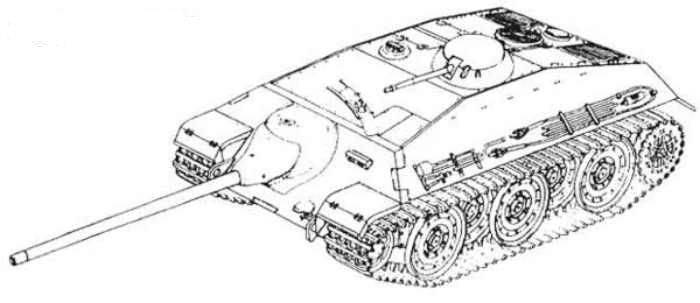
In total, within the framework of the E-series, 5 tanks should have appeared, which should have closed the entire set of combat missions assigned to them - from conducting reconnaissance (light tank) to breaking through heavily fortified lines of defense (heavy and super heavy tanks):
E-10 - light, he's a small reconnaissance tank, or tank destroyer, which was supposed to weigh up to 15 tons. It was planned that this machine will receive a 75-mm gun Pak 40 L / 48.
E-25 - tank / tank destroyer with a mass of about 25-30 tons, the machine was planned to equip 75-mm gun L / 70.
E-50 - medium tank weighing approximately 50 tons, replacing tanks "Panther".
E-75 - heavy tank mass 75-80 tons, replacing all the tanks "Tiger".
E-100 - super heavy tank weighing up to 130-140 tons, which was supposed to be an alternative to super-heavy tank "Maus".
All E-series cars differed in weight, booking, armament, engine power and, of course, cost. At the same time, under the conditions in which Germany was at the final stage of the war, in reality only the E-25 vehicles, which, in fact, were anti-tank SAUs, could reach mass production. Apparently, in the winter of 1945, several corps were ready for the E-25, which were lost by the Germans during the offensive of the Red Army.
E-25 was the second in the list of proposed for consideration tanks E-series. It was a 25-30 tons fighting vehicle, armed with a long-barreled 7,5cm KwK 42 cannon with 70 barrel lengths. The E-25 index was assigned to the lower weight limit of the machine under development. It was planned that the troops of the E-25 will be able to replace all models of tanks PzKpfw III, PzKpfw IV, as well as PT-SAU, based on them, for example (StuG III / 40).
Work on the creation of the E-25 started a little earlier than other machines - at the end of 1943. Which also contributed to greater progress in the project. Adler from Frankfurt am Main was connected to the development of self-propelled guns, which needed to design a very mobile tank destroyer with a low silhouette and a rather powerful reservation level. One of the main "highlights" of the designed PT-ACS was supposed to be its gun. It is worth noting that the design office of Adlerwerke, which was headed by German Klyau, was not engaged in the development of armored vehicles before the war. The company Adler produced cars, as well as bicycles and typewriters, and during World War II began to produce armored personnel carriers.
In addition to Adler, Porsche from Stuttgart and Argus from Karlsruhe were involved in working on the E-25 project. The company Porsche simultaneously carried out its own design surveys according to the performance characteristics for E-25, which were established by the Knupkamp research group. After the scandalous competition, which took place when choosing a serial chassis for the new PzKpfw VI Tiger, Ferdinand Porsche could not forgive the loss test Knipkamp’s tank testing department, trying to compete with its design bureaus.
The developers of the new anti-tank self-propelled gun took into account the positive experience that they have learned from participating in the StuG III tank destroyers at the initial stage of World War II. Due to the low silhouette, it was hard to hit the enemy gunners and tankers, so the designers initially decided to create from the E-25 not a tank, but a tank destroyer. At the initial design stage, it was planned to install a Maybach water cooling engine on the E-25, which developed 400 hp. at 4000 rpm. However, this power unit was never put into mass production, so the developers began to consider the installation option aviation Argus air-cooled direct-injection engine with 350 hp
But air cooling for armored vehicles, which was difficult to supply clean, dust-free air, became a problem. Therefore, the designers settled on the already proven water-cooled engine. We are talking about a serial 12-cylinder carburetor engine Maybach HL 230 P30 with a volume of 23 liters. This engine was widely used on the Panther and Tiger tanks, and was also installed on the Jagdpanther tank destroyer and did not cause any particular complaints from German tankers. Engine power - 700 hp at 3000 rpm - a light machine like the E-25 was enough for the eyes, which could develop a maximum speed with such a power plant - up to 65 km / h.
When designing the chassis E-25 designers took into account the factor of speed and adaptability of its production. Torsion bar suspension, despite all its advantages, was quite heavy and time consuming. Therefore, instead of torsions, another type of external suspension system was proposed, which consisted of a lever including a shock absorber and a spring. This lever had a stroke on the shaft, which was installed on the outer side of the body of the self-propelled gun. At the same time, the springs needed to be located inside the body of the suspension unit; they had a central hydraulic shock absorber. Each such suspension unit was installed on the lower side of the hull with bolts, so if the unit would be damaged in a battle or in an accident, dismantling it would not create serious problems, and repairmen would not need to use special equipment. Each board had 5 suspension blocks, each of which was equipped with one dual support roller, having a diameter of 1000 mm.
The suspension system of the E-25, as well as the chess arrangement of the rinks on this PT-ACS, was the creation of Knupkamp. Moreover, the chess arrangement of the rinks was typical for all designed E-series tanks. The rollers were placed according to a chess pattern, to the right and left of the single-row teeth of the track chain, they were equipped with rubber bandages. Each track chain consisted of small steel tracks with a width of 660 mm (according to other information - 700 mm). Structurally, such a track chain was similar to that developed for the medium tank Panther II, but in this particular case only one row of teeth was provided, which passed between overlapping rollers. The length of the support surface was equal to the 2,96 meter with the gauge width 2,74 meter. For the E-25 anti-tank self-propelled gun, the minimum turning radius was estimated at 1,08 meters.

As the work on the creation of self-propelled guns moved, the requirements for the power of its armament only grew. At the front began to appear more and more new Soviet tanks, the level of body armor which increased. Therefore, it was decided to put on PT-SAU more powerful 75-mm gun 7,5cm KwK 44, the development of which was conducted jointly by the corporations Krupp and Skoda. It was a tank gun with a concentric arrangement of a nakatnik and a hydraulic retractor, to which an autoloader was created in the Czech Republic. In the future, it was believed that the rate of fire from such a weapon could be 40 rds / min. In fact, if the gun were actually installed on a tank, the rate of fire from it would be limited only by the practical skills of its crew members. But before the end of World War II, this gun was not even launched into mass production, so the E-25 weapons variant was also considered by the legendary 88cm KwK 8,8 43cm 105 10,5 42 gun. Earlier, a similar 105-mm howitzer was already mounted on a StuH 42 assault rifle, built on the chassis of the Pz.Kpfw.III tank.
The tank gun 8,8cm Pak 43 was created in Germany on the basis of a very good anti-aircraft gun Flak 41, which the Germans, since the 1941 year, often used to fight tanks. The anti-aircraft gun made it possible to fight Soviet tanks KV-1 and KV-2, which were invulnerable to other German guns. Since April, 1943cm Pak 8,8 began to install 43 Pak on the Ferdinand PT-ACS under the symbol KwK 43. From October of the same year, it was registered in another PT-SAU "Jagdpanther", and since March 1944 appeared on the tank Pz.Kpfw. VI Ausf. B "Tiger II" (or the Royal Tiger). Armed with such a powerful weapon, the self-propelled E-25, which had a high movement speed and a very low silhouette, would become a serious enemy for any enemy armored vehicles. In this case, 88-mm gun designers did not want to be limited. They planned to install on the roof of the body of the self-propelled gun a turret with an 20-mm automatic cannon, which was designed to combat enemy infantry and unarmored and lightly armored equipment.
Reserving a new anti-tank self-propelled gun didn’t have much power: the thickness of the upper frontal hull detail - 60 mm, the lower frontal detail - 30 mm, the roof and the bottom - 20 mm. Such a modest reservation was chosen for the reason that the rate was made on its low profile and high speed, allowing you to quickly change the position. In this case, all the armorists had rational angles of inclination. The front and stern sheets were located at an angle of 45 °, which significantly increased the thickness of the above armor. The weapon was planned to be protected with a standard German armored mask, called the “pig's snout”.
In terms of its layout, the PT-SAU of the E-25 resembled the most massive PT-SAU of the Wehrmacht - StuG III / 40. Department of management and combat department in it were combined. On the left side of the gun, located in front of the self-propelled gun, was a driver. On the right side sat the gunner. The car commander was sitting on the left side behind, charging accordingly on the right side. At the stern of the E-25 was an engine that was supposed to be mounted transversely.
The anti-tank self-propelled gun E-25 and the super-heavy tank E-100 were the only machine out of the entire E-series, which were used for design work and factories began to assemble prototype machines. In total, three E-25 prototypes were ordered. Armored hulls for them were put into production in the second half of the 1944 year. They were planned to be released at metallurgical enterprises located in Kattovice (today Katowice, Poland). As of 23 January, 1945, several hulls were already ready to be transported for the final assembly in Frankfurt am Main, but on January 27, the advance units of the Red Army entered the city. What happened to these buildings after the capture of the city is not known. To this day they have not survived.
Information sources:
http://www.aviarmor.net/tww2/tanks/germany/e-25.htm
http://warspot.ru/1126-seriya-e-nerodivshiysya-ubiytsa-tankov
http://www.tehnikapobedy.ru/e25.htm
http://www.vn-parabellum.com/ger/e-25.html
Open source materials
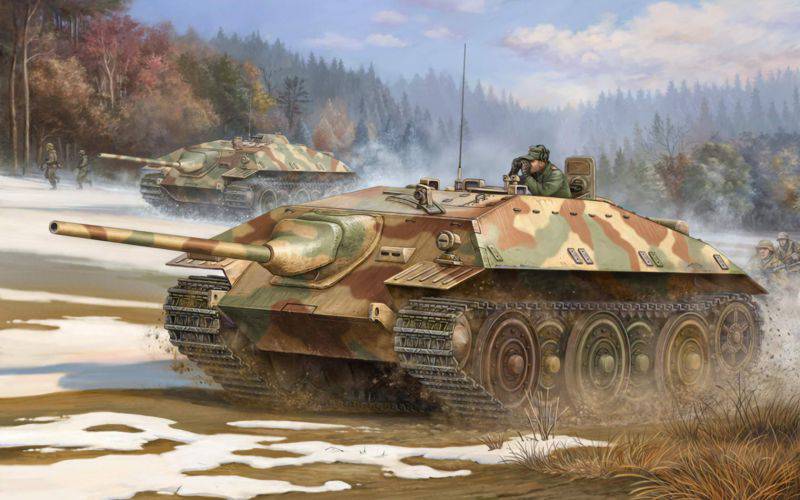
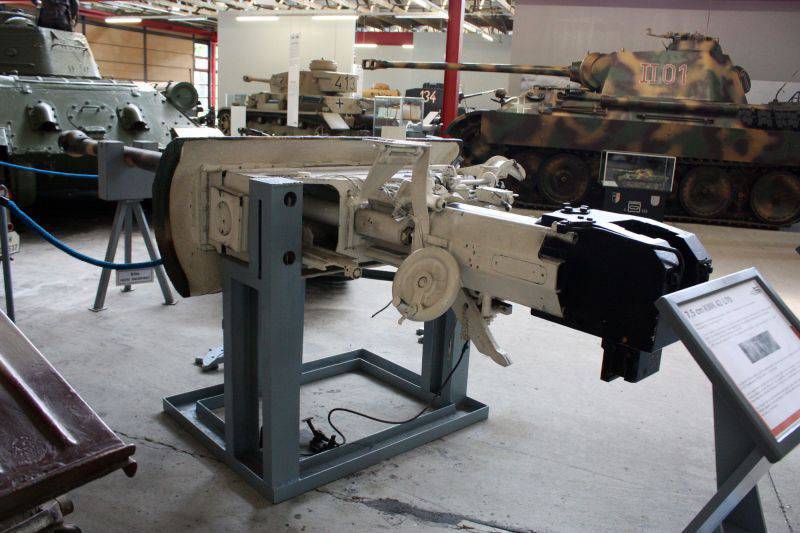
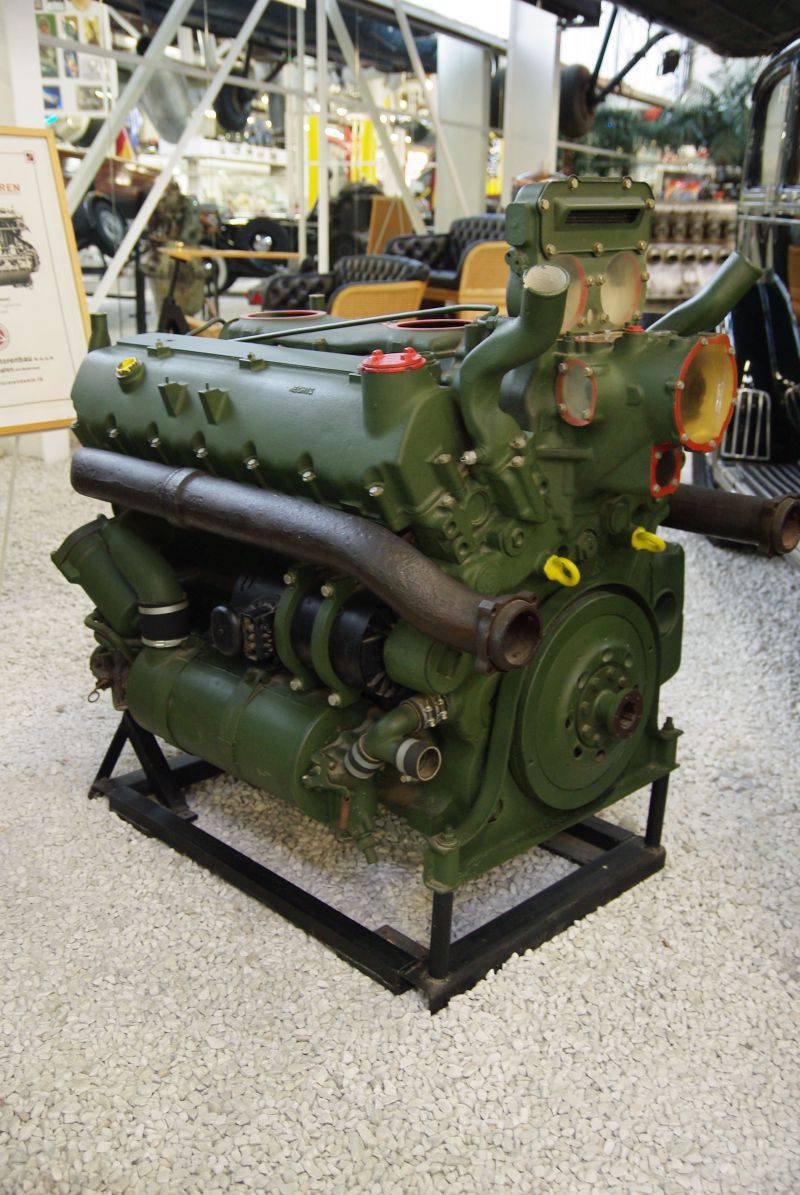
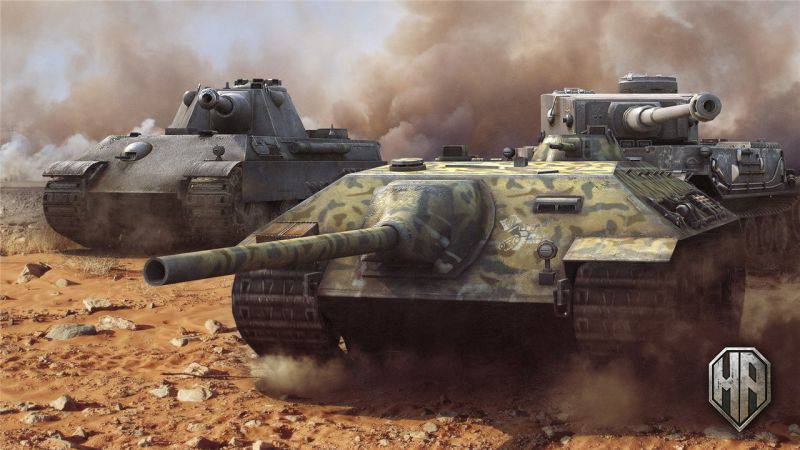
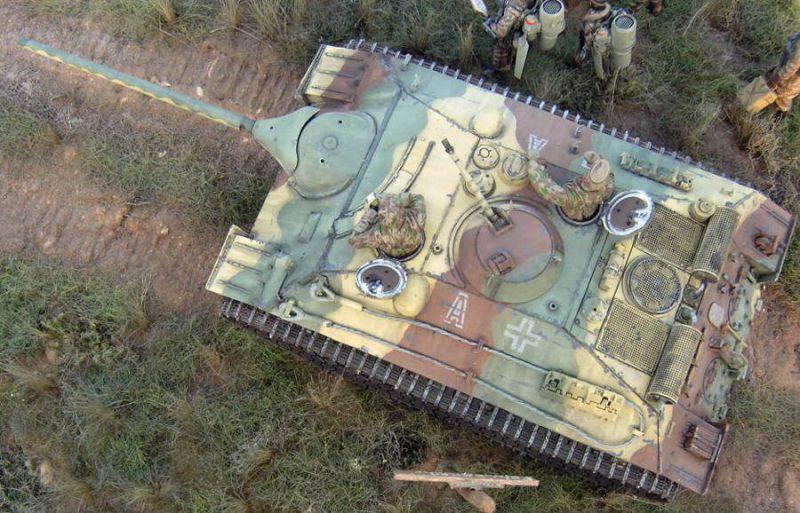
Information